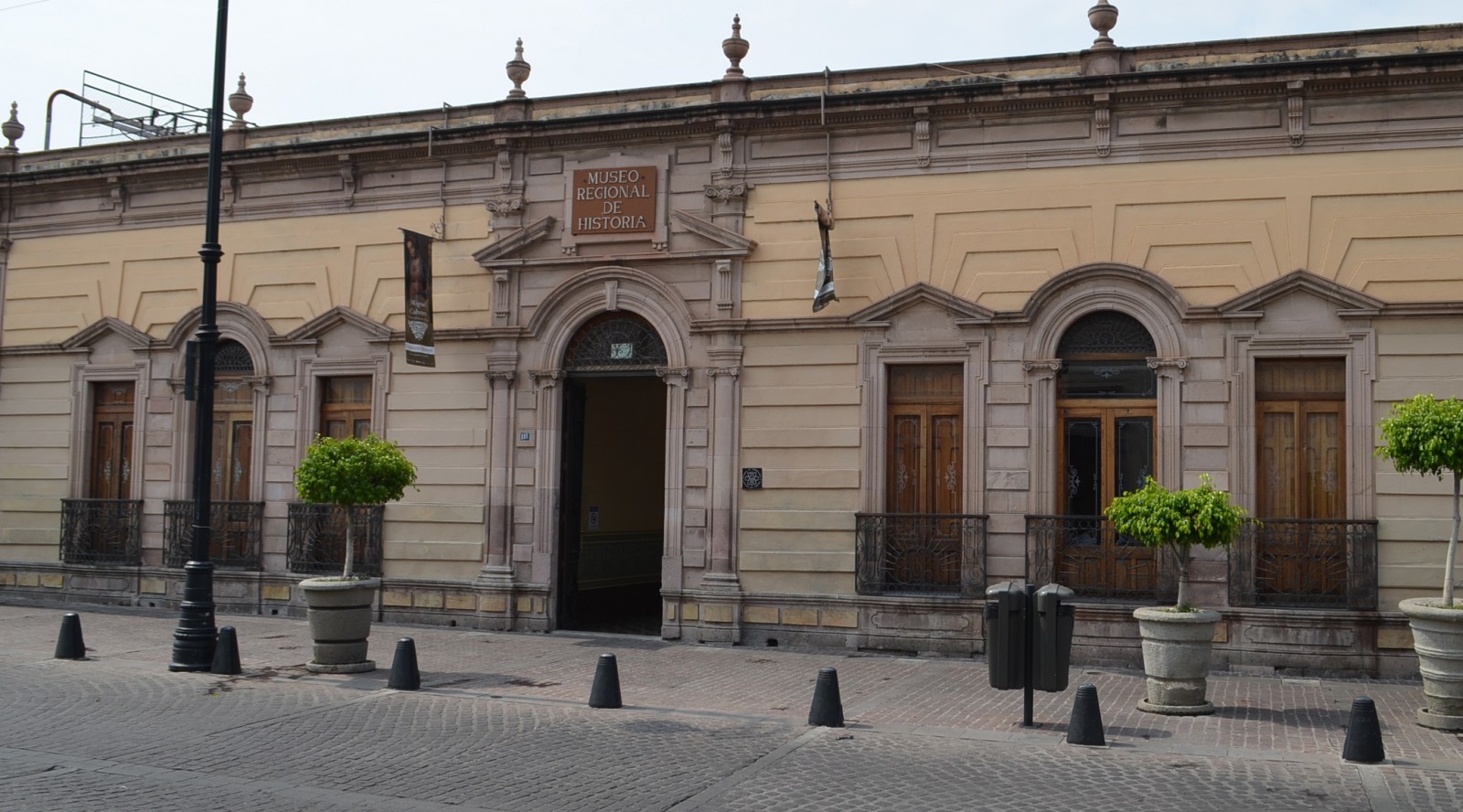Saint Francis was born in Assisi in Umbria (Italy) in 1181 or early 1182. According to various documental sources and oral traditions, from being the son of a wealthy trader, he turned to a frugal and simple life.
He became a gentle and patient man who was generous to the poor, who frequently visited hospitals, who would serve the ill and kiss the sores of lepers. The scene created by the New Spanish painter Luis Berrueco (a painter from Puebla from the start of the eighteenth century) represents, in the same painting, two moments at the same time: in the foreground, we see the moment when he was praying before a crucifix in the church of St Damian, on the outskirts of Assisi, where he appeared to hear a voice coming from the image of Christ, who said to him three times, “Francis, go forth and repair my house, which you see collapsing”. The saint, seeing that the church was very old, thought that God was ordering him to repair it. He went with his father to the bishop, relinquished all his clothing and surrendered to the world.
To rebuild St Damian, Francis carried the stones and repaired the church. However, the meaning of the phrase which he heard, according to tradition, was something much deeper. It did not refer to a merely physical reparation or to only repairing this temple. In other words, it was not literal, but metaphorical, and referred to a reform of ideas and way of life, which were closer to those of Christ, of the clergy of the church at this time.
Berrueco represents the voice of God in the piece through an inscribed band or inscription in latin: VADE FRANCISCE REPARA DOMUM. MEAM, QUELAVITUR (Francis, go forth and repair my house, which you see collapsing).
The colors and complexity of Saint Francis ofAssisi's attire are highlighted, which are painted in the tradition of the French aristocracy in the eighteenth century. We can see in the background, on a much smaller scale, to the upper left side of the picture, Saint Francis of Assisi appearing to embrace another person (a leper or poor person). However, more than an embrace, it is a representation of him stripping himself of his rich clothing and the beginning of his new life dedicated to prayer, in retreat.
Berrueco in Aguascalientes
Only two of Berrueco’s paintings have been located in the present-day state of Aguascalientes to date. One of these is the work which is part of the Regional History Museum’s collection. The other is a large work which represents the Virgin of Guadalupe and is found in the Church of Rosario (better known as the Church of Mercy), located in the same street just a few steps from the museum. Both paintings are signed with the surname Berrueco and it is exactly the same signature.
The professor, historian and journalist, Enrique Cordero y Torres, who is from Puebla, has an interesting opinion on the work of Luis Berrueco. In his Biographical Dictionary of Puebla, he states: “he was a mediocre painter but with a certain odd, picturesque flair.” In this regard, although it is clear that Berrueco did not reach the level and skill of his contemporary painters, such as Miguel Cabrera or Cristóbal de Villalpando, he did achieve sufficient aesthetic and compositional abilities to bring the religious themes significantly closer to the people of New Spain. An example of this are the various works of his which are found in the churches of Puebla and probably in other parts of Mexico.
Museums open windows to possible worlds, including a better one. The Aguascalientes Regional History Museum is continuously researching, preserving and spreading the cultural history of Aguascalientes and Mexico and therefore helping to strengthen cultural identity, the sense of community and the creative development of strategical projects to create more participatory citizens who actively collaborate on the creation of an environment in which people can fully develop.








